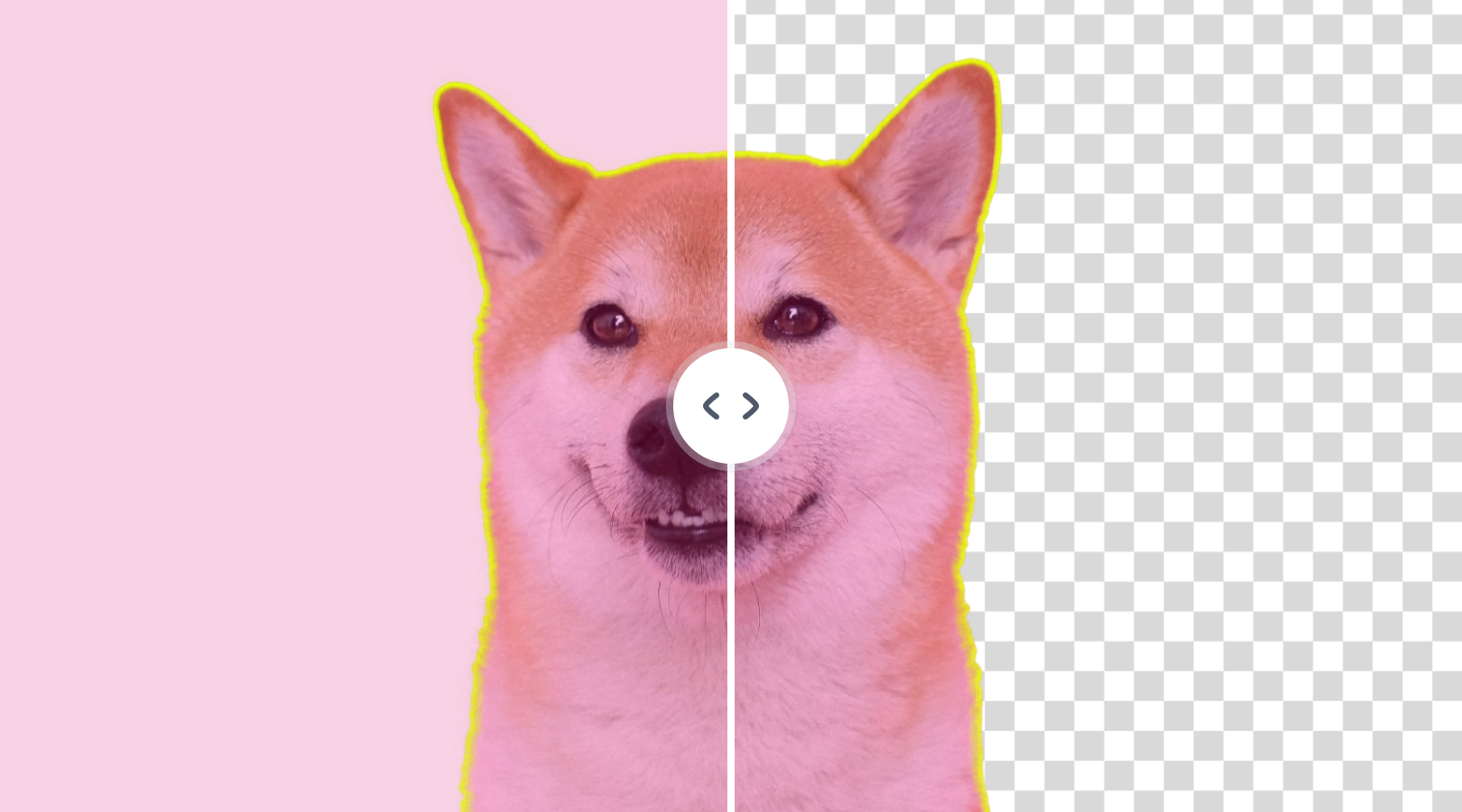Have you ever stopped to think about how computers are getting really good at doing things that used to take a human mind to figure out? It's a pretty fascinating idea, really. We're talking about machines that can pick up on new information, change how they work based on what they learn, and then fit those new skills into what they do every day. This kind of ability, where a computer can process things like what it sees or hears, is what we often think of when we talk about systems that show some smarts, you know, like a person would.
For quite a while now, since the 1950s actually, people have been working on how to give machines the power to think, or at least to act like they are thinking. This whole field is about creating computer setups that can handle jobs that, frankly, once needed a human touch. It’s a bit like giving a machine the gift of recognizing faces in a crowd, or maybe even understanding what someone is saying, which is pretty cool if you think about it. It means these systems are getting much better at taking in all sorts of details and making sense of them, just a little like our own brains do.
So, when we talk about something like "ai 去 衣," it’s not really about literally taking things off, but more about how these smart systems can look at something, like an image, and sort of "peel back" the layers of information within it. It's about what these intelligent tools can figure out from pictures, how they process what's there, and what that might mean for how we use them. We're going to explore how these computer brains actually "see" and "understand" visual stuff, and what that means for how we use them responsibly, because that, in fact, is a big part of the whole story.
Table of Contents
- What Does "ai 去 衣" Really Mean for Intelligent Systems?
- How Do Intelligent Systems "See" and "Understand" Images?
- The Core Ideas Behind Intelligent Capabilities
- What Are the Ethical Considerations for Such Powerful Tools?
- The Long History of Intelligent System Development
- What Are Some Practical Applications of Intelligent Vision?
- Building Systems for Good - Our Shared Purpose
- The Future of Intelligent Visual Processing
What Does "ai 去 衣" Really Mean for Intelligent Systems?
When people talk about "ai 去 衣," it’s really about how a computer system can look at something, like a picture, and pull out a lot of detail from it. It’s not about doing anything inappropriate, but rather about the machine's ability to process visual information in a way that goes deeper than just seeing the surface. Think of it this way: a smart system can be taught to recognize all sorts of things within an image, from shapes and colors to patterns and even what objects are present. This kind of ability is a big part of what makes these systems so useful, or, you know, potentially tricky, depending on how they are put to use.
Essentially, this phrase points to the idea that these clever computer programs are able to perform tasks that, not too long ago, would have absolutely required a person's sharp mind. This could involve, for instance, figuring out what's in a photo, or perhaps even picking out specific elements from a complicated scene. It’s about the underlying capabilities of these systems to analyze and interpret visual input, which is a pretty amazing feat for a machine, in some respects. So, when we hear "ai 去 衣," we should think about the power of these systems to understand visual data, rather than any literal action.
How does intelligent processing "去" (go beyond) the surface?
To understand how these systems can "去" (go beyond) just the surface of an image, we need to think about how they learn. A lot of this comes down to giving the computer vast amounts of information, like millions of pictures, and teaching it to spot connections and patterns. It’s like showing a child countless examples of a cat until they can recognize any cat, even ones they haven't seen before. The computer learns to extract features, to really get at the core of what makes something what it is, which is pretty cool. This process of learning from new information and changing how it works is absolutely central to what these systems do.
This ability to learn means the system can, over time, become very good at tasks like identifying objects, understanding scenes, or even figuring out emotions from faces. It's a bit like giving the machine a pair of super-smart glasses that help it see things we might miss or that take us a long time to notice. This is why we say it "goes beyond" the surface – it's not just looking at the pixels; it's interpreting what those pixels mean based on everything it has been taught. This means it can, for instance, pick out specific items, or tell the difference between different types of things, which is actually pretty useful for a lot of everyday tasks.
How Do Intelligent Systems "See" and "Understand" Images?
When we talk about intelligent systems "seeing" and "understanding" images, we're really talking about a very complex set of steps. Unlike our eyes, which just take in light, these systems use mathematical recipes, often called algorithms, to break down an image into tiny pieces of information. They look for lines, edges, colors, and textures, and then they piece those bits together to form a bigger picture. It’s a bit like assembling a very detailed puzzle, where each piece contributes to the overall recognition. This process allows them to recognize things like a car, a tree, or even a person, which is pretty amazing if you think about how much detail is involved.
These systems are built to perform many advanced functions that relate to what we see. For example, they can be set up to recognize faces in photos, to tell the difference between different kinds of plants, or even to figure out what's happening in a video. It's all about taking in visual input and then processing it in a way that makes sense, which is something that used to be only possible for human minds. The goal is to get these machines to act in ways that mimic human thought when it comes to visual tasks, which, you know, is a big undertaking.
The "衣" (fabric) of visual data - What do systems look at?
The "衣" or "fabric" of visual data refers to all the bits and pieces that make up an image – every single dot of color, every line, every shadow. When an intelligent system "looks" at an image, it’s actually looking at this raw data, which is essentially just numbers. But through clever programming, it learns to find patterns within those numbers. It's like a tailor examining the threads and weaves of a cloth to understand its quality and structure. The system learns to identify the unique characteristics that make up different objects or scenes, which is, you know, a pretty involved process.
This means that for a system to "understand" an image, it has to pick apart this "fabric" of data. It learns to associate certain patterns with certain things. For instance, a particular arrangement of lines and colors might consistently mean "cat" to the system, because it has seen millions of examples of cats. This ability to break down and then rebuild understanding from the raw visual information is what allows these systems to perform tasks that were once solely within the domain of human perception. It’s a bit like learning a new language, where you pick up on individual sounds and then combine them to make words and sentences.
The Core Ideas Behind Intelligent Capabilities
At its very heart, the concept of intelligent capabilities in machines is about creating systems that can do tasks that normally require a person's smarts. This includes things like being able to recognize patterns, solve problems, or even make decisions. It’s a branch of computer science that’s focused on giving computers the ability to think and act a bit like humans do. This isn't just about simple calculations; it’s about making machines that can learn from their experiences and get better at what they do over time, which, you know, is a pretty big step.
A big part of this involves making special instructions, often called algorithms, that tell the computer how to process information and how to react. These algorithms are like recipes that guide the machine through complex tasks. The idea is to develop systems that are not just following simple commands but can actually adapt and respond to new situations, much like a person would. This means they are no longer just stuck doing routine things; they can handle more complicated and varied jobs, which is a pretty cool development, to be honest.
Learning and adapting- a key aspect of "ai 去 衣"
One of the most important things about these intelligent systems, and what lets them "去 衣" in the sense of uncovering information, is their ability to learn and adapt. They don't just know things from the start; they get better by taking in new data. Every new piece of information, every new image they process, helps them refine their understanding and improve their performance. It’s a continuous process of improvement, where the system keeps getting smarter the more it interacts with the world, or at least with the data we give it. This means they are constantly changing and getting better, which is, you know, pretty impressive.
This learning and adapting is what allows them to integrate new skills and become more capable. For instance, if you show a system a new type of object, it can learn to recognize that object for the future, even if it wasn't specifically programmed for it at first. This kind of flexibility is what makes these intelligent tools so powerful and, frankly, so widely talked about. It means they can take on more and more tasks that used to be exclusively human, which is a pretty big deal in the world of technology, or so it seems.
What Are the Ethical Considerations for Such Powerful Tools?
With any powerful tool, there are always questions about how we should use it. Intelligent systems, especially those that can "see" and "understand" things in images, bring up some really important discussions about fairness, privacy, and responsibility. For example, if a system can identify people in photos, what does that mean for individual privacy? Or if it can make judgments about what it sees, how do we make sure those judgments are fair and don't have hidden biases? These are big questions that we, as a society, really need to think about, which, you know, is a serious matter.
The goal, really, is to build intelligent systems that are not just smart but also beneficial and safe for everyone. This means thinking carefully about how these systems are designed, how they are used, and what safeguards are put in place. It's about making sure that as these machines get better at doing human-like tasks, they are used in ways that help people and don't cause harm. This calls for a lot of thought and discussion among many different groups, which is, frankly, something we should all be paying attention to.
Ensuring responsible use of "ai 去 衣" technology
When we consider "ai 去 衣" in the sense of intelligent systems analyzing images, ensuring responsible use is absolutely key. This means we need to set clear rules and guidelines for how these powerful capabilities are put into practice. It’s about making sure that the ability of a computer to "go beyond" the surface of an image is used for good purposes, like helping doctors spot issues in medical scans, or maybe making self-driving cars safer, rather than for anything that might invade privacy or cause distress. It’s a bit like giving someone a very sharp knife; you want them to use it for cooking, not for something harmful.
Part of being responsible means being very open about how these systems work and what their limitations are. It also means building in ways to check for fairness and to correct any mistakes they might make. Because these systems learn from data, if the data they learn from is biased, the system itself can become biased. So, making sure the "fabric" of the data they learn from is good and fair is super important. This commitment to building systems that are both clever and good for people is a shared mission, and, in fact, it's something we should all care about quite a bit.
The Long History of Intelligent System Development
It might seem like intelligent systems are a brand new thing, but actually, the ideas behind them have been around for quite a while. People started seriously thinking about machines that could "think" back in the 1950s. That’s when researchers began exploring the theory and development of computer systems that could perform tasks that traditionally needed human intelligence. It wasn't just a sudden burst of activity; it’s been a steady effort over many decades, with lots of small steps leading to the big leaps we see today. This history shows just how persistent people have been in trying to make machines smarter, which is, you know, pretty inspiring.
From those early days, the field has grown and changed a lot. What started as simple ideas about how a machine could recognize a pattern has turned into complex systems that can understand spoken words, translate languages, and even help with creative tasks. It’s a continuous story of discovery and invention, where each new piece of knowledge builds on what came before. This long journey shows that making machines that act with intelligence is a deep and ongoing area of study, which, frankly, continues to surprise us with what's possible.
What Are Some Practical Applications of Intelligent Vision?
So, beyond the abstract ideas, what can intelligent systems that "see" actually do in the real world? Well, they’re used in all sorts of places. Think about your phone recognizing your face to unlock it, or how online stores suggest things you might like based on what you’ve looked at before. These are examples of systems using visual information to perform a task. They also help in medical fields, looking at X-rays or scans to help doctors spot things that might be hard to see with the human eye. This is pretty amazing, if you ask me.
Another big area is in things like self-driving cars, where the vehicle needs to "see" the road, other cars, and pedestrians to navigate safely. Or in factories, where intelligent cameras can check products for flaws much faster and more consistently than a person could. These are all tasks that require a machine to process visual input and make sense of it, performing functions that were once exclusively human. It's truly like giving computers the ability to see and understand the world around them, which, you know, is a pretty powerful capability.
Building Systems for Good - Our Shared Purpose
Ultimately, the main purpose behind all this work on intelligent systems is to build tools that are helpful and do good things for people. Whether it's about helping us understand complex data, making our daily lives a bit easier, or solving big problems in areas like health and safety, the idea is to create systems that benefit society. It's about using these powerful abilities, including how they can "去 衣" in the sense of revealing insights from data, to improve things for everyone. This shared goal of making things better is what really drives a lot of the effort in this field, which, frankly, is a very positive thing.
This means focusing on the positive uses of these technologies and making sure they are developed with care and consideration for their impact. It's a bit like having a responsibility to use any new invention wisely. The aim is to make sure these computer brains, which are getting so good at tasks that need human thought, are always working towards a future that is safer and more beneficial for all of us. This is a big part of the whole conversation, and, you know, it's something we should all be thinking about.
The Future of Intelligent Visual Processing
Looking ahead, the future of intelligent visual processing seems pretty exciting. As these systems continue to learn and adapt through new information, their ability to "see," "understand," and even "translate" what they observe will only get better. We might see them helping us in even more personal ways, like assisting with creative projects or making complex information easier to grasp



Detail Author:
- Name : Roger Reilly
- Username : tiana.rolfson
- Email : darrell.lueilwitz@hotmail.com
- Birthdate : 2002-09-28
- Address : 4119 Kamille Loaf North Beaumouth, MD 37946-5061
- Phone : +1 (941) 770-7983
- Company : Donnelly Group
- Job : Travel Guide
- Bio : Voluptatibus ut est porro vitae. Sint expedita atque optio. Nobis asperiores eos porro qui porro repellat. Est optio doloribus voluptas vel.
Socials
tiktok:
- url : https://tiktok.com/@courtney_dev
- username : courtney_dev
- bio : Laudantium a praesentium quos est. Aut id aut iure voluptatem nesciunt.
- followers : 1882
- following : 1302
linkedin:
- url : https://linkedin.com/in/courtney_deckow
- username : courtney_deckow
- bio : Id commodi quos ullam itaque.
- followers : 2688
- following : 2345

